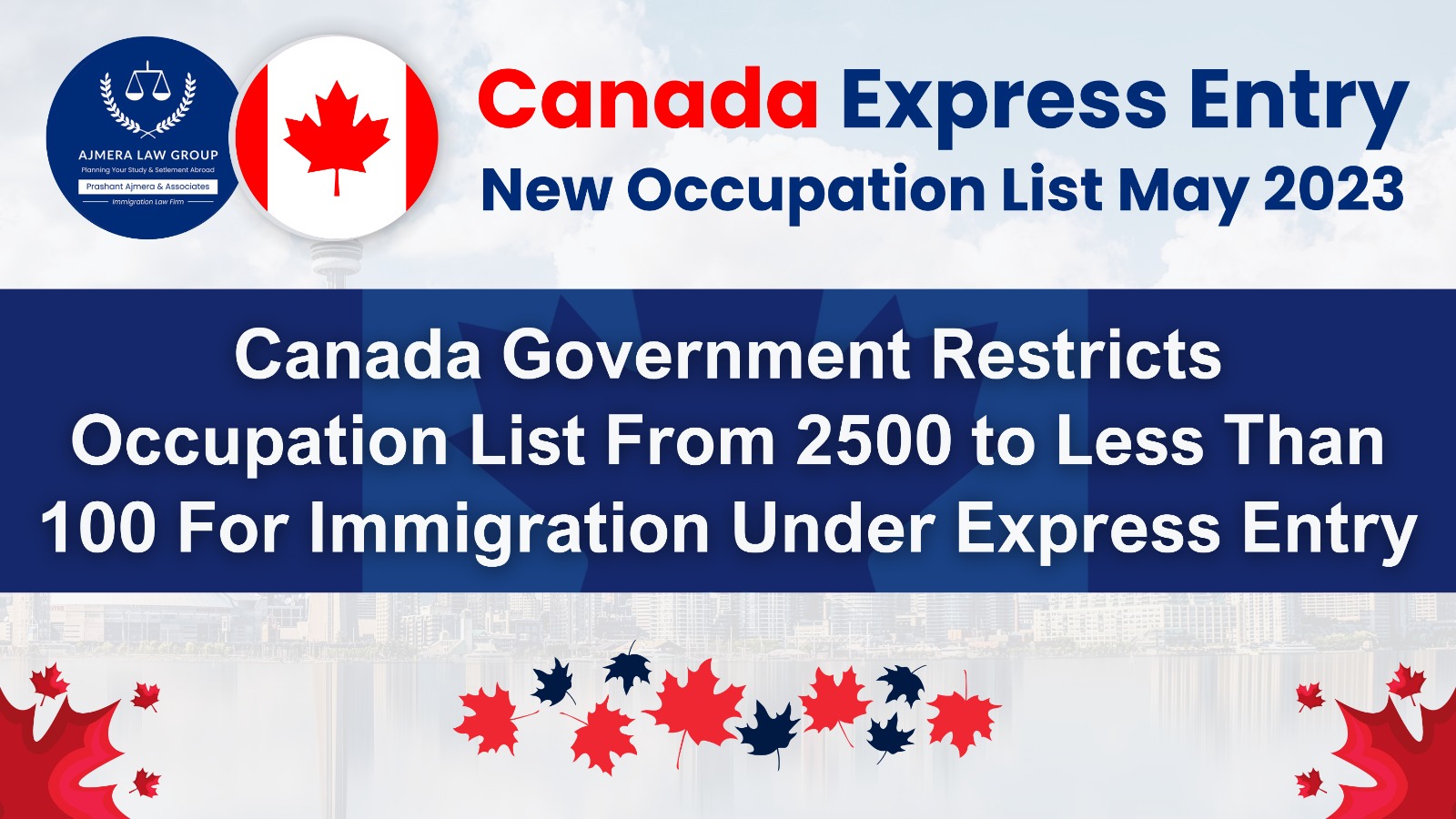A work permit issued under Sec 205 (a) of the IRPA rules known as a significant benefit to Canada work permit is a temporary work permit that allows foreign entrepreneurs and self-employed individuals to work in Canada without having to obtain a Labour Market Impact Assessment (LMIA).
This work permit is designed to attract entrepreneurs and self-employed individuals who can make a significant contribution to the Canadian economy.
To be eligible for the work permit, you must meet the following requirements:
- You must be a citizen of a country that is eligible for the work permit program.
- You must have a valid passport and visa if required.
- You must have a business plan that demonstrates that you have the skills, experience, and resources to start or operate a successful business in Canada.
- You must have enough money to support yourself and your family while you are in Canada.
If you are eligible for this work permit, you can apply for one through the Immigration, Refugees, and Citizenship Canada (IRCC) website. The application process typically takes several months.
Once you have been granted a work permit, you can live and work in Canada for up to two years. You can also apply to extend your work permit for additional two-year periods, as long as you continue to meet the requirements of the program.
If you are successful in establishing a successful business in Canada, you may be eligible to apply for permanent residence through the Self-Employed Immigrant Program (SEIP). The SEIP is a points-based immigration program that assesses applicants on factors such as their business experience, education, language skills, and ability to contribute to the Canadian economy or under Canada express entry program.
This work permit is a great opportunity for entrepreneurs and self-employed individuals who want to start or operate a business in Canada. If you have the skills, experience, and resources to succeed, this work permit can help you make your dream a reality.
Here are some of the benefits of obtaining a work permit:
- You can live and work in Canada for up to two years.
- You can extend your work permit for additional two-year periods, as long as you continue to meet the requirements of the program.
- You may be eligible to apply for permanent residence through the Self-Employed Immigrant Program (SEIP) or Express Entry Program.
- You can gain valuable experience working in a Canadian business environment.
- You can network with other entrepreneurs and business leaders in Canada.
- You can build a strong foundation for your future business in Canada.
If you are considering applying for this work permit, here are some of the things you need to do:
- Research the Canadian business environment.
- Develop a business plan that demonstrates your skills, experience, and resources.
- Gather evidence of your financial support.
- Apply for this work permit through the IRCC website.
- Prepare for an interview with an IRCC officer.
This work permit is a great way to start or operate a business in Canada. If you are an entrepreneur or self-employed individual, I encourage you to explore this option and other options.
The author of this article/blog is Prashant Ajmera, an Indian immigration lawyer and the founder of Ajmera Law Group. He has been a Canadian citizen for the past 30 years and is also the author of two books: “Millionaire of the Move” and “How to Plan for Your Child’s Foreign Education: Myth vs. Reality”. He has been assisting and advising Indian businessmen to establish businesses in Canada since 1993. Consult us




